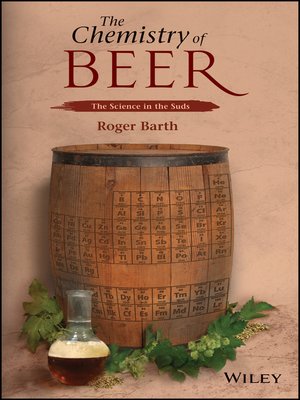
Sign up to save your library
With an OverDrive account, you can save your favorite libraries for at-a-glance information about availability. Find out more about OverDrive accounts.
Find this title in Libby, the library reading app by OverDrive.



Search for a digital library with this title
Title found at these libraries:
| Loading... |
Discover the science of beer and beer making
Ever wondered just how grain and water are transformed into an effervescent, alcoholic beverage? From prehistory to our own time, beer has evoked awe and fascination; it seems to have a life of its own. Whether you're a home brewer, a professional brewer, or just someone who enjoys a beer, The Chemistry of Beer will take you on a fascinating journey, explaining the underlying science and chemistry at every stage of the beer making process. All the science is explained in clear, non-technical language, so you don't need to be a PhD scientist to read this book and develop a greater appreciation for the world's most popular alcoholic drink.
The Chemistry of Beer begins with an introduction to the history of beer and beer making. Author Roger Barth, an accomplished home brewer and chemistry professor, then discusses beer ingredients and the brewing process. Next, he explores some core concepts underlying beer making. You'll learn chemistry basics such as atoms, chemical bonding, and chemical reactions. Then you'll explore organic chemistry as well as the chemistry of water and carbohydrates. Armed with a background in chemistry principles, you'll learn about the chemistry of brewing, flavor, and individual beer styles. The book offers several features to help you grasp all the key concepts, including:
The final chapter discusses brewing at home, including safety issues and some basic recipes you can use to brew your own beer.
There's more to The Chemistry of Beer than beer. It's also a fun way to learn about the science behind our technology and environment. This book brings life to chemistry and chemistry to life.






